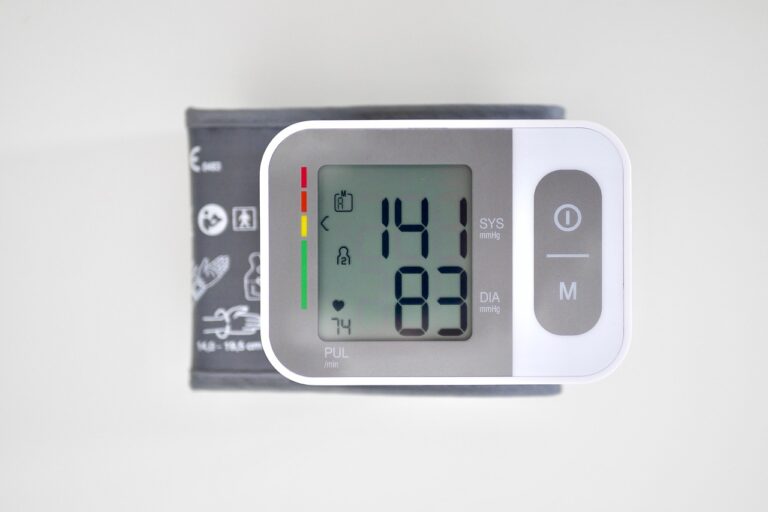High-Intensity Interval Training (HIIT): Is It Right for You?
High-Intensity Interval Training (HIIT) has gained popularity for its ability to deliver remarkable benefits in a short amount of time. This form of exercise is known to increase metabolism, helping individuals burn calories even after the workout has ended. Additionally, HIIT has been shown to improve cardiovascular health by enhancing heart function and reducing the risk of heart disease.
Furthermore, HIIT is praised for its efficiency in improving overall fitness levels. By incorporating intense bursts of exercise followed by short rest periods, HIIT helps individuals build endurance, strength, and agility simultaneously. This makes it a valuable workout option for those with busy schedules looking to maximize their exercise efforts in a time-efficient manner.
Understanding HIIT
High-Intensity Interval Training (HIIT) is a form of exercise that alternates between short bursts of intense activity and periods of lower-intensity recovery or rest. This workout method typically involves pushing yourself to your maximum effort during the short intervals, followed by a brief recovery period before repeating the cycle.
The concept behind HIIT is to challenge your body in a way that stimulates both aerobic and anaerobic systems, leading to improved cardiovascular fitness, muscle strength, and endurance. By incorporating HIIT into your fitness routine, you can maximize calorie burn in a shorter amount of time compared to traditional steady-state cardio workouts.
• HIIT involves alternating between intense activity and periods of rest
• The goal is to challenge both aerobic and anaerobic systems
• Improves cardiovascular fitness, muscle strength, and endurance
• Maximize calorie burn in a shorter amount of time compared to steady-state cardio
Key components of HIIT
High-Intensity Interval Training (HIIT) is known for its effectiveness in improving cardiovascular fitness and burning calories in a short amount of time. The key components of a HIIT workout consist of alternating between short bursts of intense exercises and periods of rest or low-intensity activity. This dynamic workout structure helps elevate the heart rate quickly and maximizes calorie burn during and after the workout.
The intensity of the high-intensity intervals is crucial to the effectiveness of a HIIT workout. It is recommended to push yourself to near maximum effort during these bursts of activity to fully engage the cardiovascular and muscular systems. Additionally, the choice of exercises, duration of intervals, and ratio of work to rest periods are important factors that determine the overall impact of a HIIT session on fitness levels and calorie expenditure.
What are the benefits of HIIT?
HIIT can help improve cardiovascular health, increase metabolism, burn more calories in a shorter amount of time, and improve overall fitness levels.
Can anyone do HIIT?
HIIT can be modified for individuals of all fitness levels, but beginners should start slow and gradually increase intensity to avoid injury.
How long should a typical HIIT session last?
A typical HIIT session can last anywhere from 20-30 minutes, including warm-up and cool-down periods.
What are some key components of HIIT?
Key components of HIIT include high intensity intervals, short rest periods, a variety of exercises, and proper form and technique to maximize effectiveness.
How often should I do HIIT workouts?
It is recommended to do HIIT workouts 2-3 times per week to allow for proper recovery and prevent overtraining.







